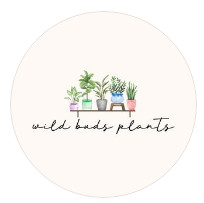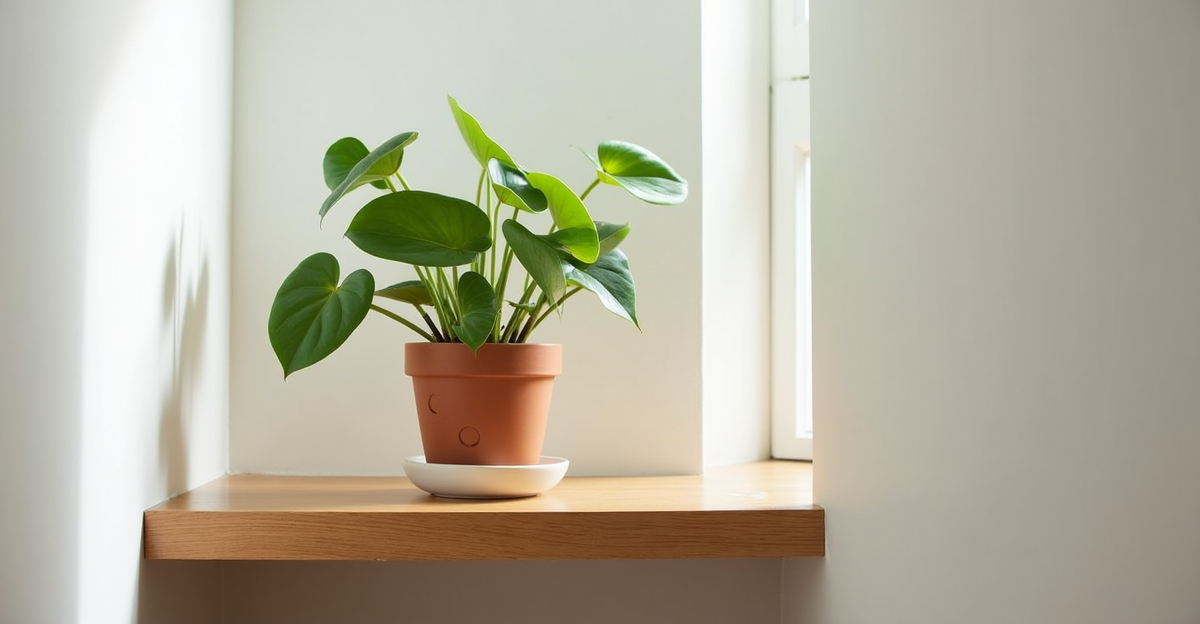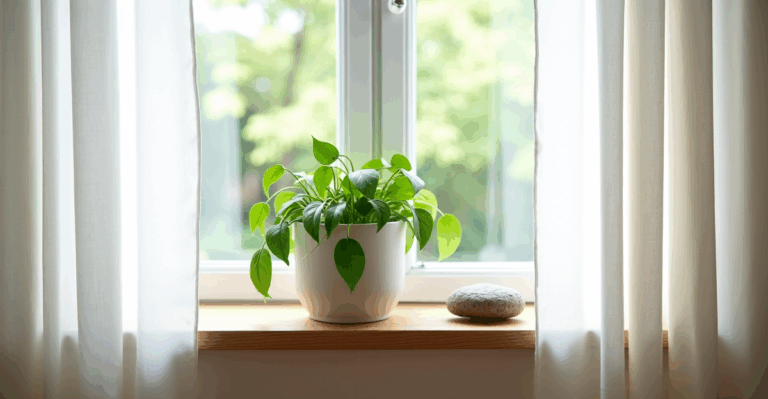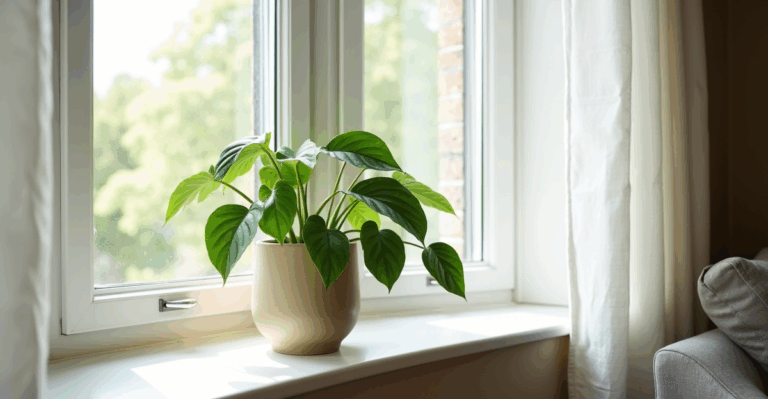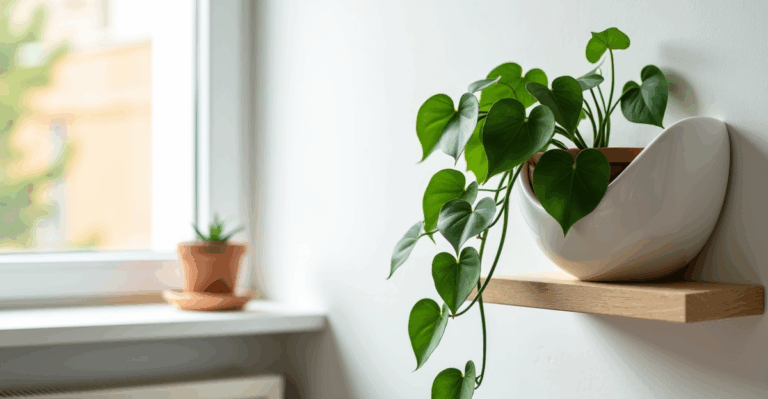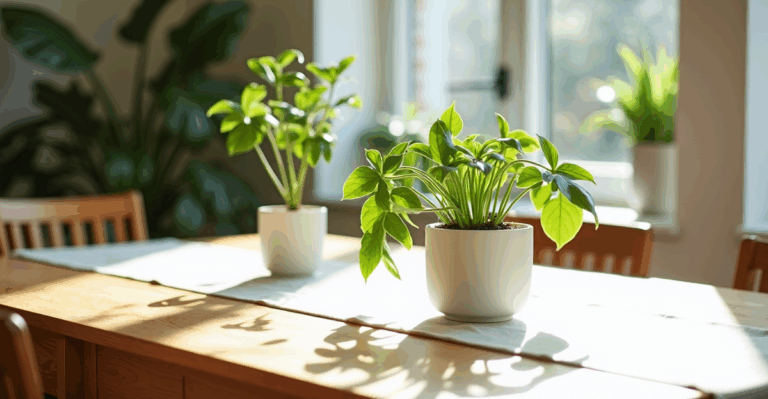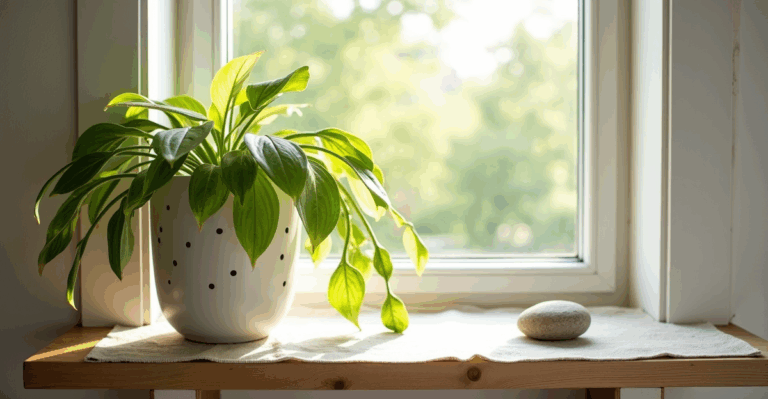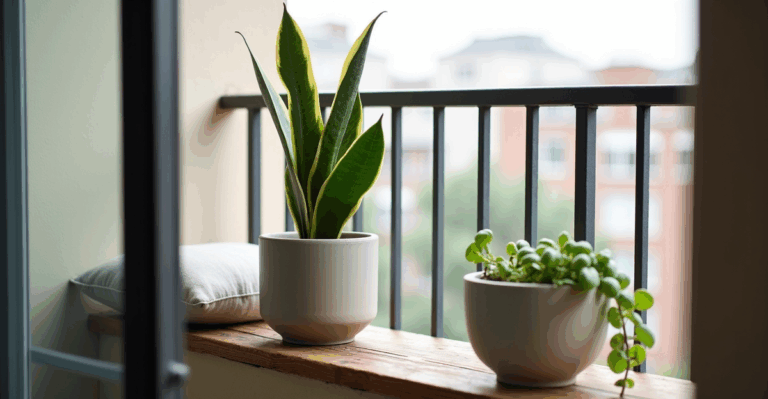How to Style a Stair Landing with Zz Plant (Tiny Footprint Tips)
You’ve got that awkward space at the top of your stairs—narrow, overlooked, maybe even a bit bare. You’ve tried a big fiddle leaf fig there once, but it looked sad and neglected. Then you remembered: ZZ plants are perfect for low-light corners. But how do you make it feel intentional, not just a plant shoved in a corner? We’ve wrestled with that same landing for years, and the secret isn’t about the plant—it’s about the space the plant occupies. Here’s how to style a stair landing with a ZZ plant so it feels like a thoughtful pause, not an afterthought.
Why Stair Landings Are (Mostly) Perfect for ZZs—If You Get the Details Right
Most people miss the why behind ZZ’s success here: they thrive on neglect, tolerate low light, and need minimal water. But the real win is their tiny footprint. They don’t demand a huge pot or constant attention—perfect for a space where you can’t easily reach a watering can or where light shifts seasonally.
The common mistake? Assuming “low light” means no light. Stair landings often have a north-facing window or a window above a landing (like a second-floor hallway), giving bright-indirect light—exactly what ZZs love. They’ll grow slowly but steadily. But if you overwater them in a pot without drainage (a classic landing mistake), they’ll rot before you notice. The key isn’t just choosing a ZZ, it’s setting it up so it thrives in that specific spot.
Fix Overwatering Without Repotting (It’s Easier Than You Think)
You’ve probably heard “let the top 2–3 inches dry before watering” for ZZs. But on a stair landing? You might forget to check for days. And if your pot has no drainage holes (like a ceramic cachepot), water pools at the roots.
Here’s the fix: Use a small pot with drainage inside a decorative cachepot. That way, you can water freely, drain excess, and never let water sit. For a stair landing, a 4-inch pot is ideal—big enough for roots, small enough not to overwhelm. The trick? Place a tiny saucer under the pot (a ceramic or resin one, not a plastic tray that traps moisture). It catches drips without making the landing feel damp. This avoids root rot and protects your wood steps from water rings. We’ve seen too many ZZs die from this simple oversight.
Mini-case: Our client’s landing had a narrow window but no natural drainage. She used a 4-inch terracotta pot (with holes) inside a woven basket. Watered every 3 weeks, drained daily. After 6 months, her ZZ had 3 new stems. No repotting needed.
Make Low Light Work with Smart Placement (Not Just “Put It There”)
Stair landings often have indirect light—meaning light that bounces off walls or comes through a window, not direct sun. ZZs handle this well, but placement matters:
– East-facing landings (gentle morning light): Place the pot directly under the window. ZZs will grow faster and develop that signature glossy leaf.
– North-facing landings (dimmest light): Place the pot 1–2 feet away from the window. Too close? The leaves might yellow. Too far? Growth slows.
– No window at all? Don’t panic. ZZs tolerate low light better than almost any other houseplant. Just accept slower growth. A small LED grow light (like a 10W clip-on) placed above the landing (not shining directly on the plant) will help during winter months without looking out of place.
Edge case: If your landing has a south-facing window (hot direct sun), the ZZ will scorch. Move it to the side of the landing, out of the direct path. A single ZZ in direct sun will look crispy within a week.
Style It Like You Mean It (No Big, Bulky Pots Allowed)
This is where most landings go wrong: big pots = big visual weight. A 6-inch pot on a narrow landing looks like a mistake. Instead, lean into the tiny footprint.
Try these:
– Stacked planters: Use two small pots (3-inch and 4-inch) side-by-side on a narrow ledge. The ZZ sits in the larger pot, while a small air plant or succulent (like a Haworthia) sits in the smaller one. Why it works: The contrast creates visual interest without adding bulk.
– Rail-side display: If your landing has a railing, hang a wall-mounted 3-inch pot with a chain hanger. The ZZ’s arching leaves will drape softly. Tip: Use a pot with a loop for easy hanging.
– Centerpiece on a shelf: If your landing has a small shelf (like a built-in), place the ZZ slightly off-center with a small, textured object (like a smooth river stone or a tiny ceramic bowl) beside it. Avoid: Cluttering the shelf with multiple plants. One plant, one accent—done.
Trade-off: Hanging planters need strong hooks (check your railing’s weight limit!). For most landings, a small pot on a shelf or beside the rail is safest. A 4-inch pot is the most versatile size for a landing.
The Hidden Trap: How Planter Choice Affects Your Whole Display
This is where most people get tripped up. They buy a pretty ceramic pot but forget:
– Weight: A heavy pot on a narrow landing? Risky. If it slips, it’s a mess (and a broken plant).
– Drainage: No holes? Water sits. This is the #1 cause of ZZ death on landings.
– Shape: A wide, shallow pot looks like it’s drowning the plant. A narrow, deep pot (like a 4-inch terra cotta) matches the ZZ’s natural growth habit.
Why 3D-printed planters solve this:
– They’re lightweight (no heavy ceramic), so they won’t tip on a narrow landing.
– They’re designed with internal drainage (so you can use them without worry), plus a subtle, clean shape that makes the plant feel intentional.
– They come in small, consistent sizes—perfect for stair landings where every inch counts.
Real talk: We tried using a standard plastic pot for a ZZ on a landing once. It slipped when a cat brushed the railing. A 3D-printed pot is just the right weight to stay put.
Seasonal Shifts: What to Watch For (Without Panic)
ZZs don’t need much, but landings can change with the seasons:
– Winter: Indoor air dries out. If your landing is near a heat vent, mist the leaves lightly (not the pot). Or place a small humidifier nearby—just don’t let it sit in a puddle.
– Summer: If your landing gets hot air from a vent, move the plant slightly away from it. ZZs handle heat, but extreme dryness stresses them.
– Watering: In winter (low light), water less often (every 4–5 weeks). In spring/summer (more light), water more often (every 2–3 weeks). Always check the soil first.
Edge case: If you see yellow leaves, it’s almost always overwatering, not low light. Check the pot’s drainage first. If it’s a heavy pot, repot into a better-draining one—no need to rush.
The Bottom Line: Your Stair Landing Deserves to Feel Like a Welcome
Stair landings are more than just transitions—they’re moments of calm. A ZZ plant, styled right, turns that moment into something intentional. It’s not about the plant being perfect; it’s about the space feeling cared for. You don’t need a huge pot, a fancy light, or a complicated setup. Just:
– A small pot with drainage,
– A spot with bright-indirect light,
– And the confidence to let it grow slowly.
This is the beauty of ZZs—they don’t demand much, but they reward you with quiet resilience. And for your landing? That’s exactly what it needs.
When you’re ready to grow your setup, explore our 3D-printed planters.
